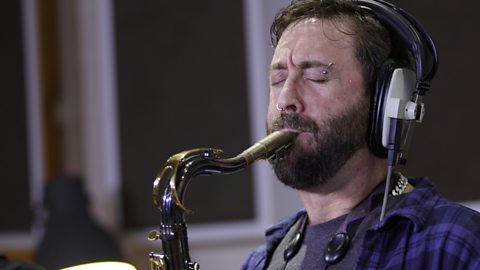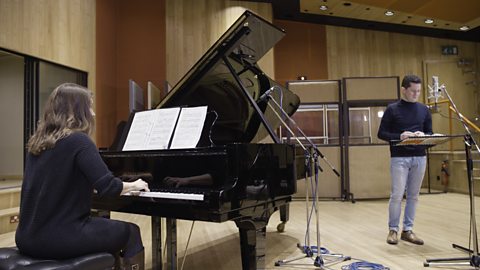What is impressionist music?
What we now call impressionist music is a style introduced in late 19th Century France. It was a move away from the long, dramatic and emotional works of romanticism. Instead, the focus was on creating shifting mood and atmosphere.
Christina Lawrie plays "Jeux D'Eau" by Maurice Ravel, 1901

Why impressionist?
In Paris in the 1860s, artists such as Claude Monet and Edgar Degas moved away from painting in the studio to painting on location.
Instead of capturing a 'realistic' image, like a photograph, they attempted to capture the atmosphere and give an 'impression' of the changing light and colour.
While Debussy rejected the label, many people see a similar interest in mood and 'colour' in the work of impressionist composers.

Dynamics
Where romantic music had dramatic changes of timbre, impressionism was more understated, using a narrower dynamic range.
In general, instruments are played at the quieter end of their dynamic range.
Melody and harmony
Impressionist composers did not tie themselves to major and minor scales.
Some impressionist music is based on whole tone scales and pentatonic scales, especially the music of Debussy.
Debussy, Ravel and other composers also rediscovered modes.
Rhythm and tempo
The rhythm and tempo of impressionist music is not fixed. Pieces might be played rubato. This was different from rubato in romantic music, which would have sudden changes. Instead the aim was for pieces to be played in a flowing and natural way.
More on Understanding Music
Find out more by working through a topic
- count7 of 16

- count8 of 16

- count9 of 16

- count10 of 16
